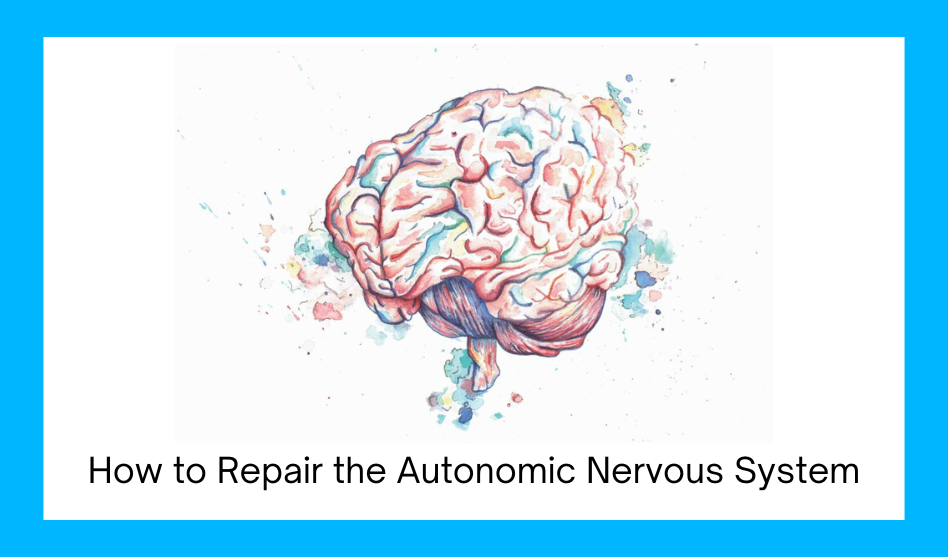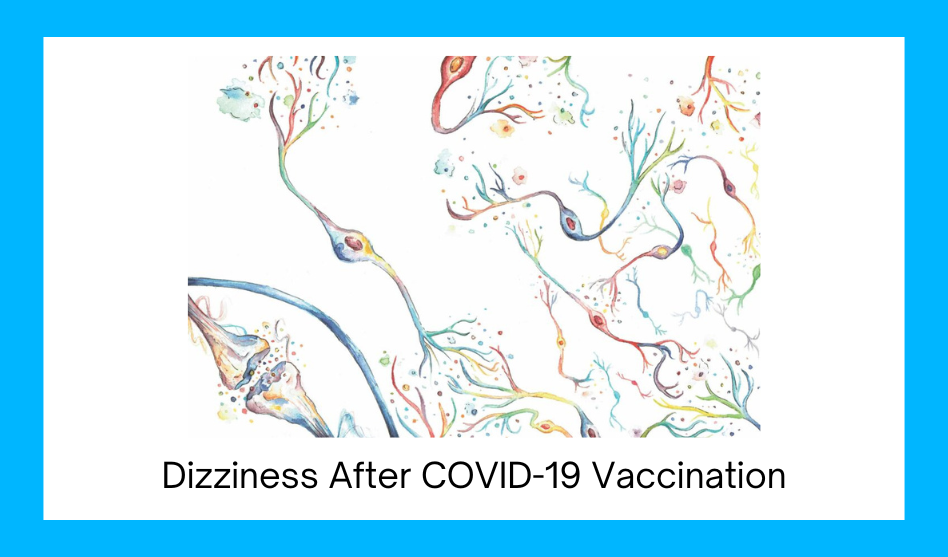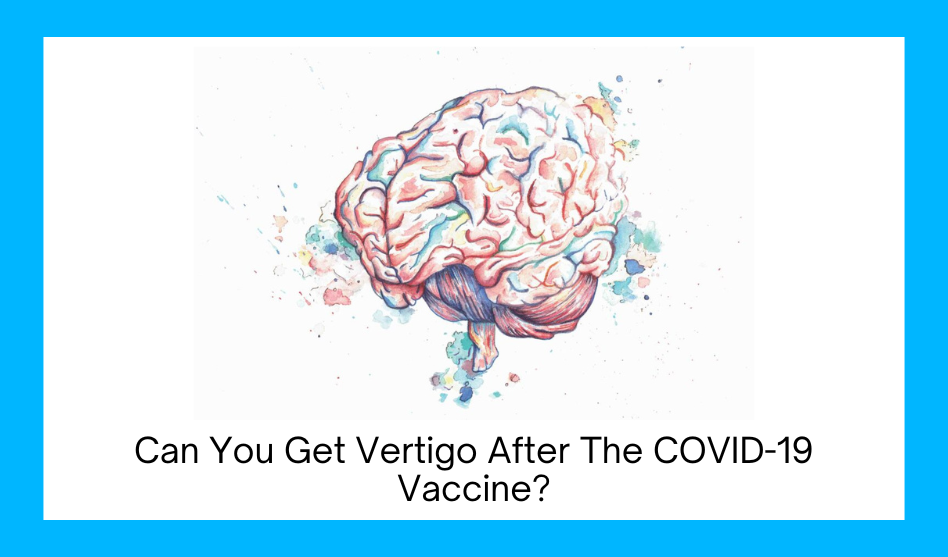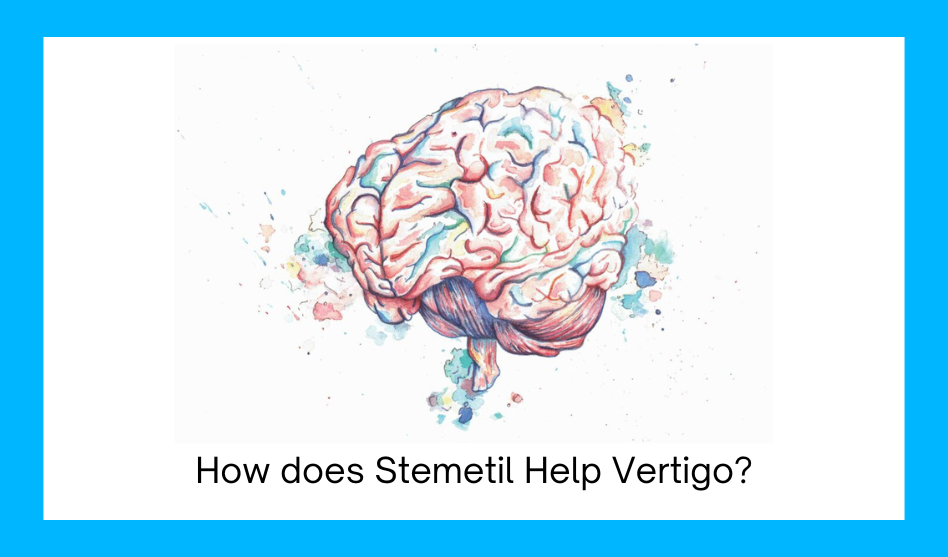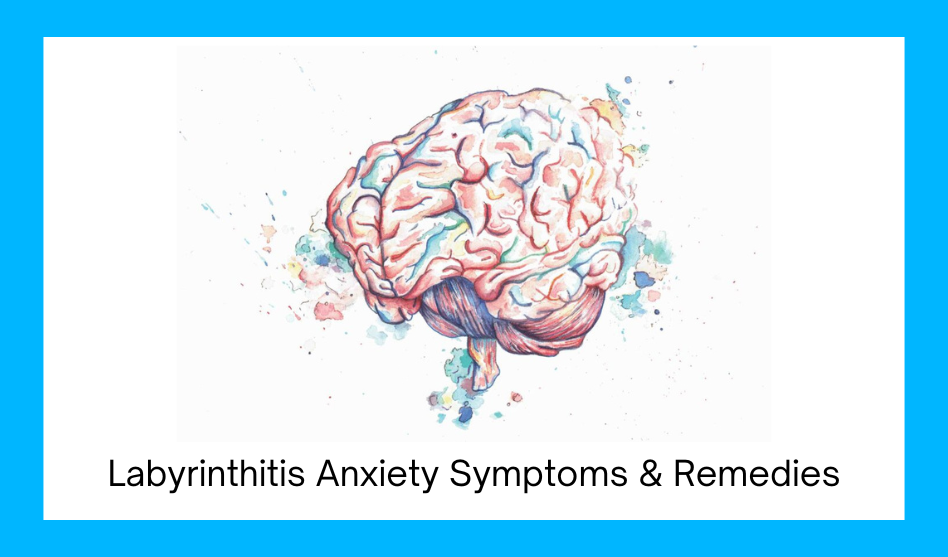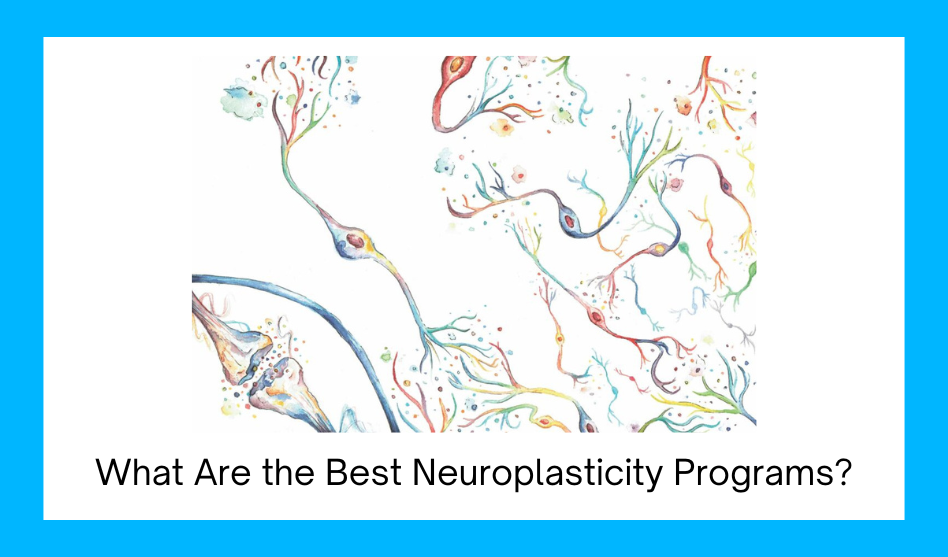
What Are the Best Neuroplasticity Programs?
I love this question. However, it’s probably not for me to answer for you because you are the expert in you. I have written a book, ROCK STEADY, which talks about neuroplasticity, what it is, how we could implement it, and why it’s important. It’s a capacity for our brain and body to change, particularly with our nervous system and our neurons, and how they talk to each other. Everything we do, whether it’s moving our arms and legs, talking, listening, seeing, smelling, tasting, everything we do has a neural network and we have a lot of pattern recognition to help us very quickly analyze the world, respond to the world, and experience the world. Rather than to hear a cluster of sounds, we hear words, we hear sentences, there’s context. So, neuroplasticity is about rebuilding a new normal so that what we hear and how we move and what we feel feels solid, feels steady, feels at peace, feels calm, feels relaxed, and, in a nutshell, feels like this new normal that we have created.
I have a Free Starter Kit for people who are interested in just getting a little taster, which includes my masterclass on healing Vertigo & Tinnitus with neuroplasticity. I have a 7-day Support Program, which is about learning how to be kind to ourselves, how to identify what we’re feeling, create safety, and look at what we don’t like, how to deescalate fear, start to ask some really simple but powerful questions to engage in the neuroplasticity process. I have an Overcoming Trauma program, which helps look at trauma patterns, whether they’re generational trauma, whether it’s an acute trauma, whether it’s subtle and chronic trauma over a lifetime since childhood. In this program we explore how we can actually soften, learn about ourselves, and reverse some of those trauma patterns using neuroplasticity so that, again, we can build a new normal and come back to this expansive, relaxed, spacious, available version of ourselves rather than feeling triggered and closed, and contracted, and constricted, which is classic for someone who’s experiencing trauma, and that can really impact our ability to work and to hold relationships, and to have a fun, easygoing, carefree life.
And then, my most comprehensive guidance is the ROCK STEADY program. It’s a neuroplasticity program with global peer support. We have live monthly calls. It is jam-packed with tools that cover the physical, mental, emotional, and spiritual realms of healing. You get to explore that in your own time. You literally become the expert in your body and learn how to heal by listening to your body. We see amazing results with the ROCK STEADY program, and that would definitely be my recommendation for someone who’s serious about using neuroplasticity. The ROCK STAEDY path is life changing and I continue to use the ROCK STEADY skills and tools in my own life, even though I no longer have any vertigo, tinnitus, or dizziness symptoms. And a lot of my trauma patterns are now softened or weakened or resolved because I’m in this process of listening and responding to my body in real time every day. I find it to be the biggest gift. So, the ROCK STEADY program would be my best program for me and the one I recommend for anyone who is resonant and relates to the conversations I’m having.

